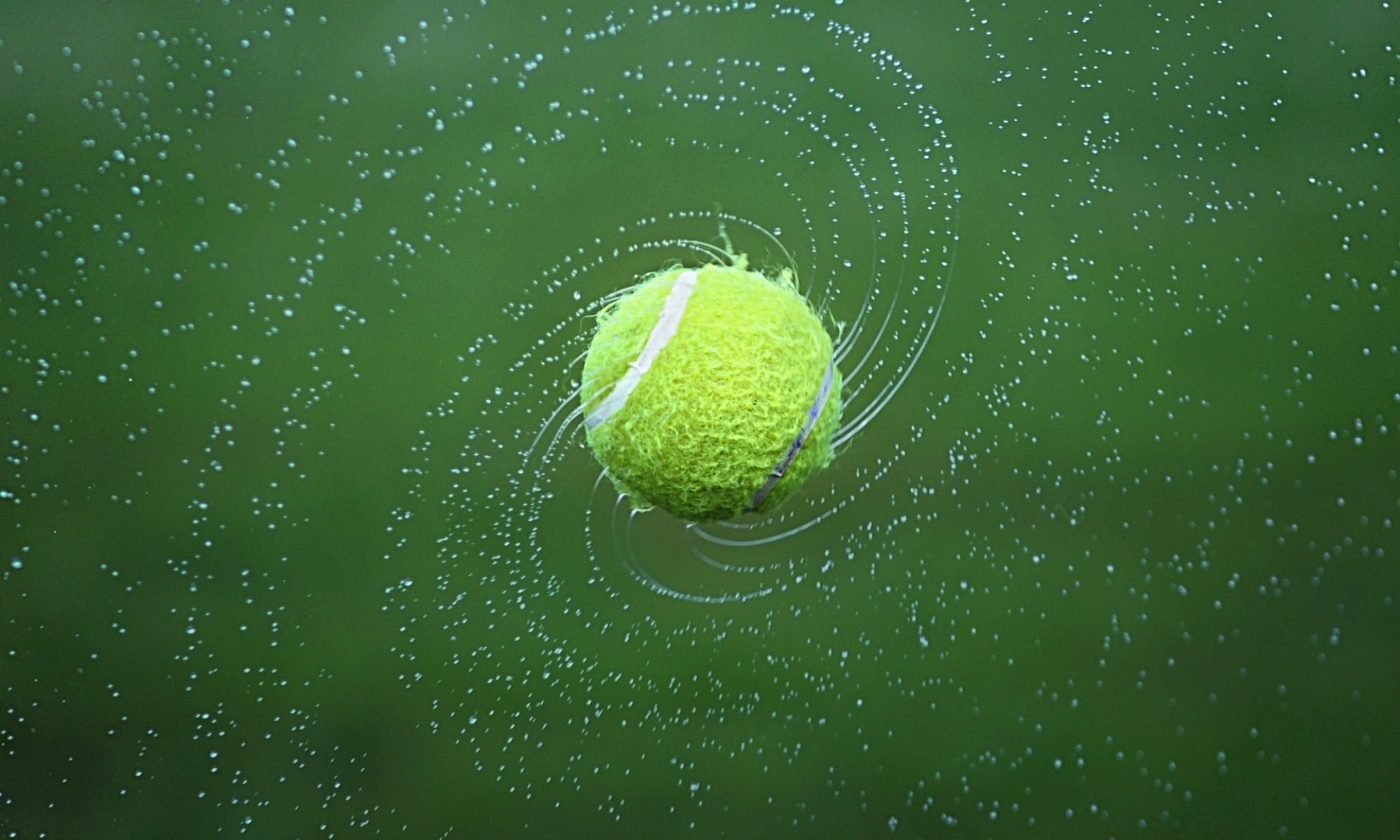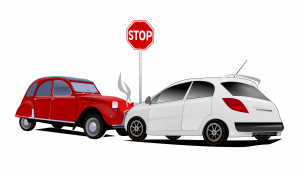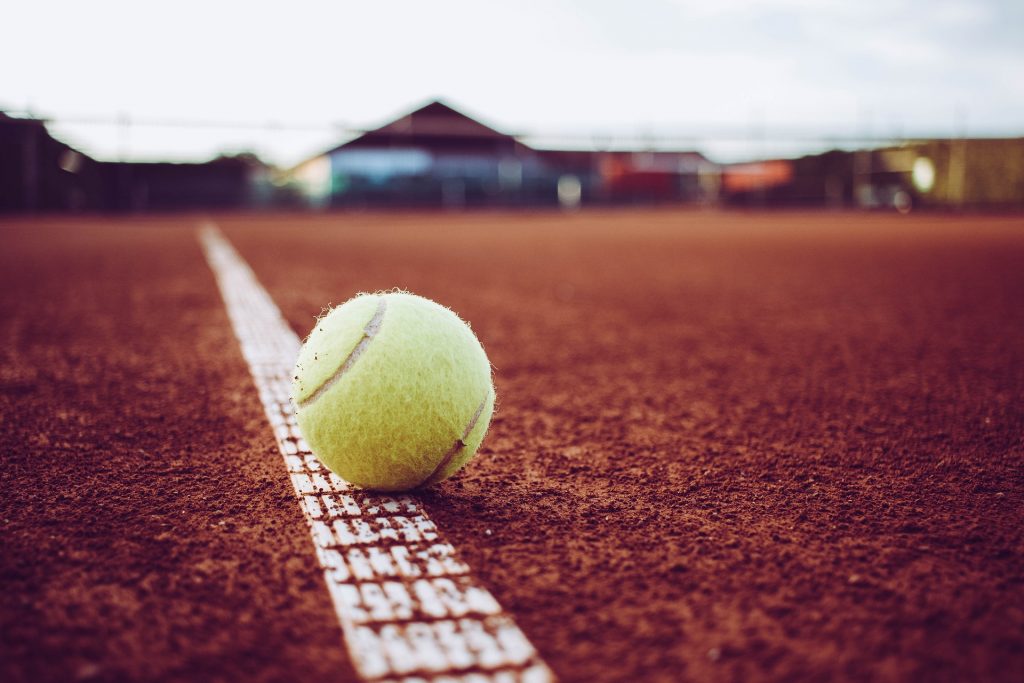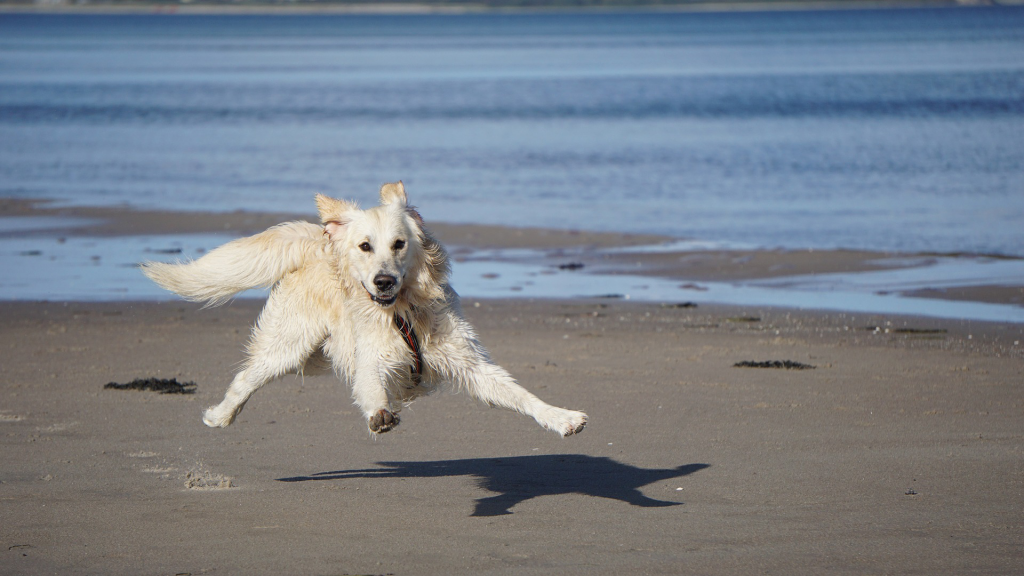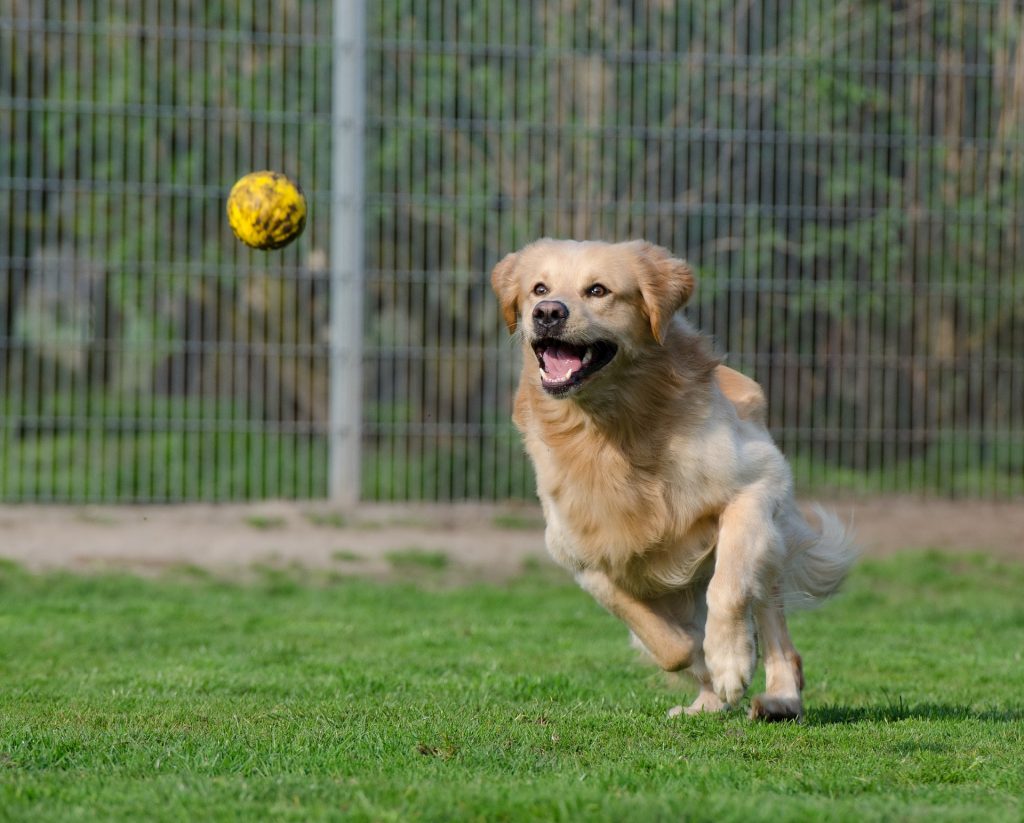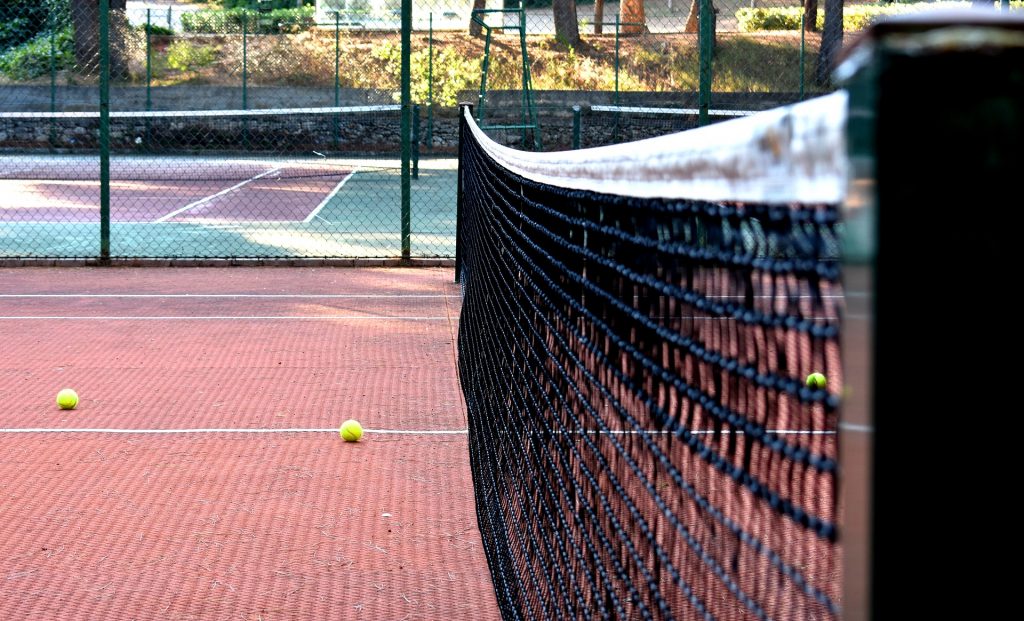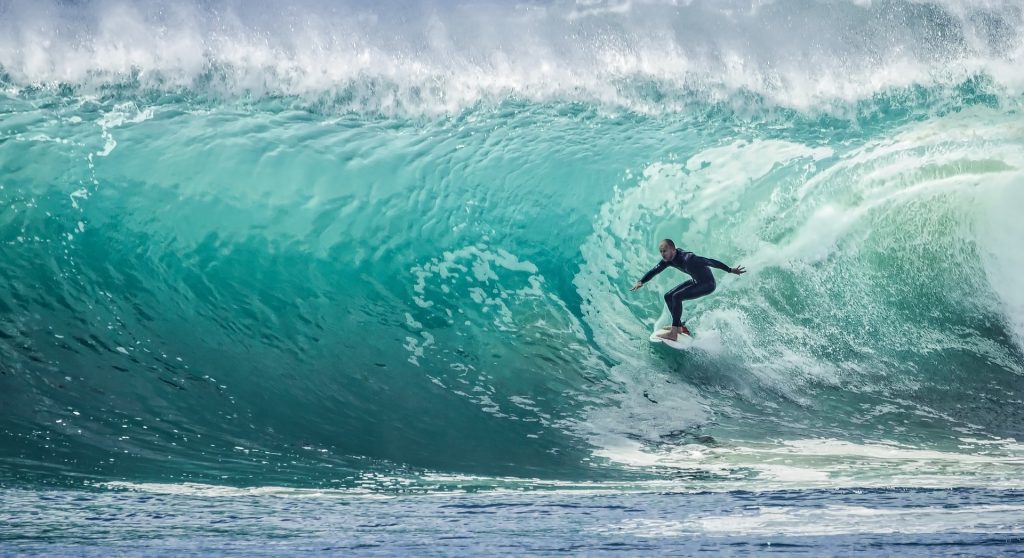A lot of people have trouble with balls that stay low or are going to be low by the time they get to them. They tend to hit them into the net. Let’s look at the solutions to this problem.
- The racket face needs to be open or tilted up. The best way to accomplish this is to use a Continental grip…(hold the racket like a hammer).
- With the racket face tilted up, the bottom edge needs to get under the ball. To accomplish this you may have to really bend your knees.
- If you are running to make it to the low ball, get the racket out in front of your body, so that you make contact out in front and use your body momentum for power.
Practicing these pointers will ingrain the form you need to pick up those low balls and you’ll stay in more points. Have fun on the courts.
